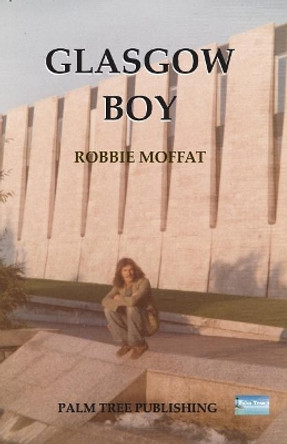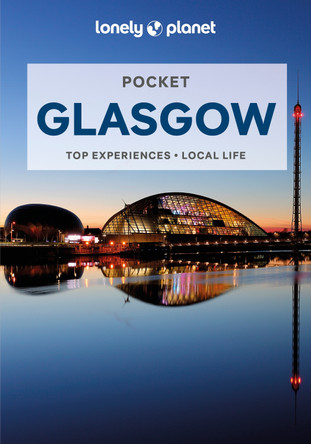The Glasgow Boys revolutionized Scottish painting from 1880 until around 1895, although their influence lasted until just before World War 1. Painters such as Sir John Lavery, Sir James Guthrie, George Henry, Edward Atkinson Hornel, Joseph Crawhall, Edward Arthur Walton, and William Kennedy formed the main group of painters, although there were 18 in total. They were a loose group, with various friendships and painting groups among them. Influenced by the Impressionists and post-Impressionists, they were also inspired by Japanese and Dutch art. Their style went against Victorian sentimentality and they brought the look of some forms of Impressionism and post-Impressionism to Scotland, with fresh views of the Scottish countryside and typical scenes from Scottish life. They painted outdoors, and captured a way of life that changed Scottish painting. Many settled after their early rebellious phase into quieter styles, or moved away as the art scene evolved into the Scottish Colourists' phase. As Glasgow became the fourth largest city in Europe, with a massive explosion in its population, money from wealthy industrialists, publishers and merchants became available to support the art commissioned from The Glasgow Boys. New walls needed art, as Glasgow celebrated its prosperity in a new phase of building - the city centre saw a new Art School, and City Chambers, and industrialists built homes in the country. The author's understanding of the art world and the importance of financial support and also painting techniques makes this book a unique contribution to books written on The Glasgow Boys. The Glasgow Boys are the subject of an exhibition at Kelvingrove Art Gallery in spring/summer 2010, and then at the Royal Academy, London until January 2011.
About the AuthorWilliam Hardie is an acknowledged authority on Scottish painting. He was educated at Glasgow Academy and Glasgow University, and was Keeper of Art, and then Deputy Director of Dundee Art Gallery and Museum. He joined Christie's in Scotland and set up the Scottish Pictures Department, which played a major role in the transformation of the international market for Scottish art. He formed William Hardie Limited in Glasgow in 1984, as consultants specialising in Scottish painting, He has pioneered the renewed interest in Scottish artists such as the Glasgow School, George Dutch Davidson, Stanley Cursiter, William McCance and Donald Bain. Peter Howson held his first solo exhibition at the William Hardie Gallery.
Book InformationISBN 9781849340267
Author William R. HardieFormat Hardback
Page Count 176
Imprint Waverley BooksPublisher The Gresham Publishing Co. Ltd
Weight(grams) 150g
Dimensions(mm) 170mm * 89mm * 15mm










